
Peoples and Languages
Social Media
Leave comments, suggestions, keep an eye on news in our groups on VK, Odnoklassniki and Telegram channel
Peoples and Languages
Social Media
Leave comments, suggestions, keep an eye on news in our groups on VK, Odnoklassniki and Telegram channel

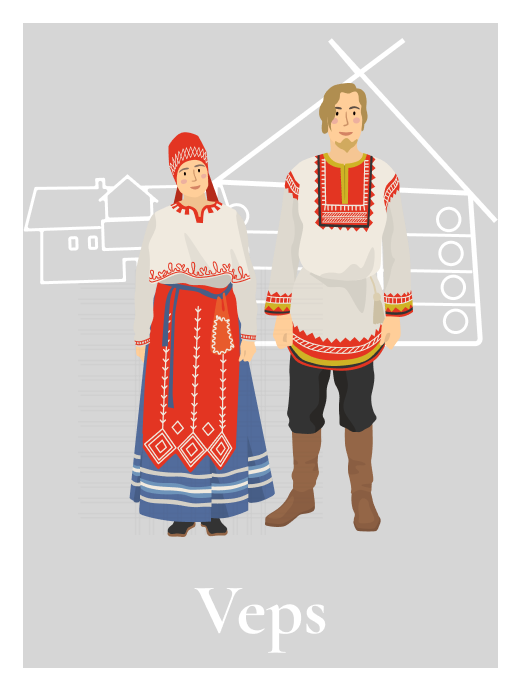
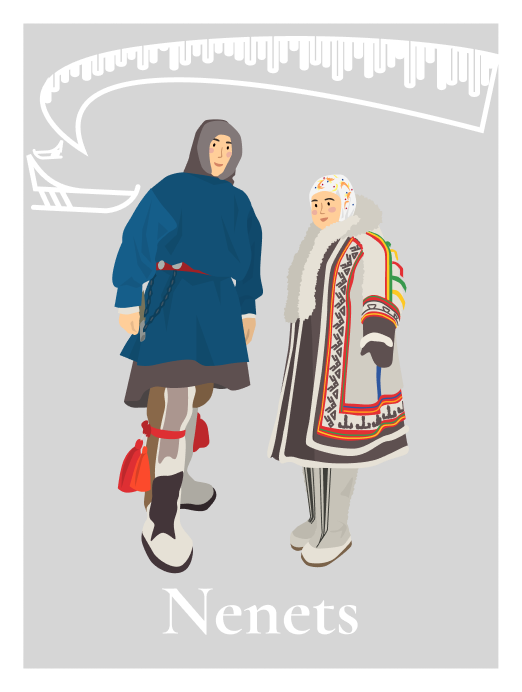
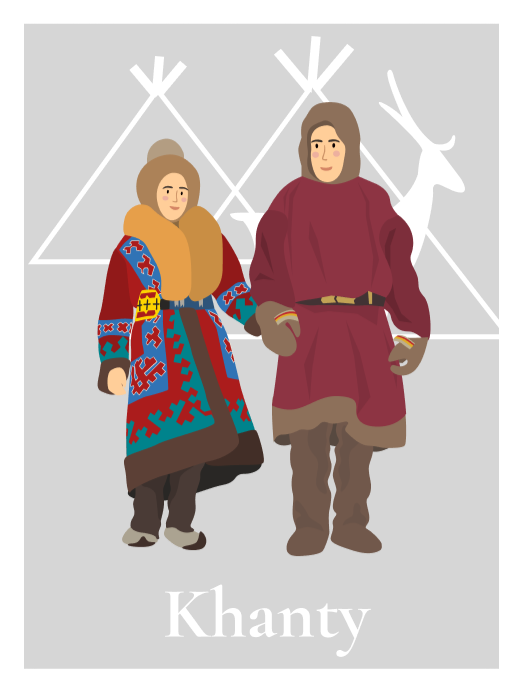


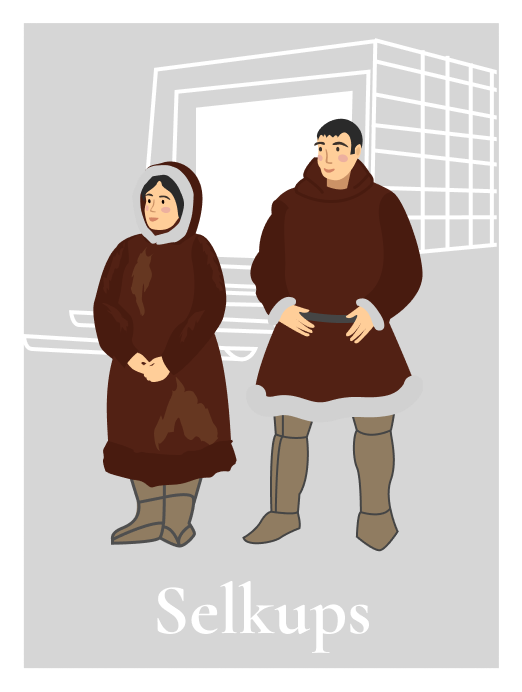
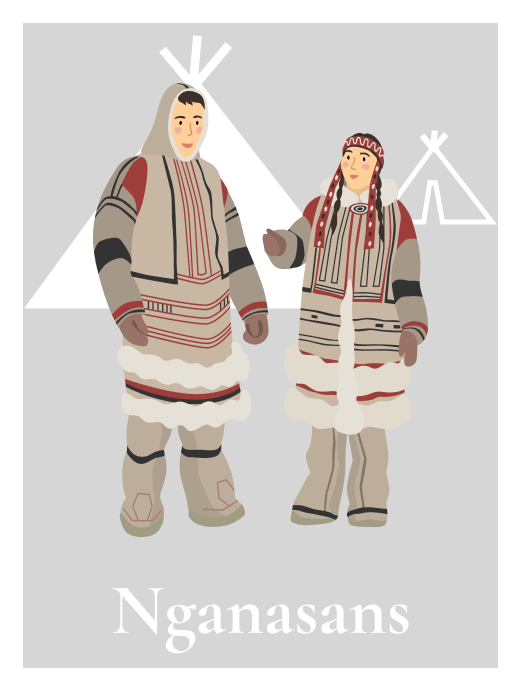
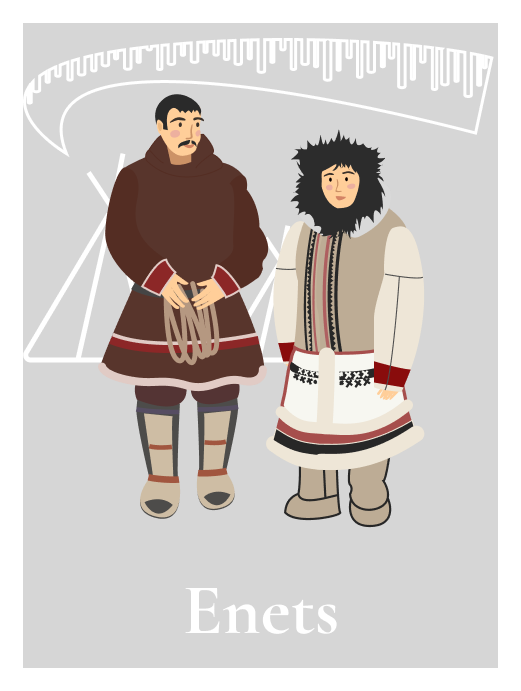

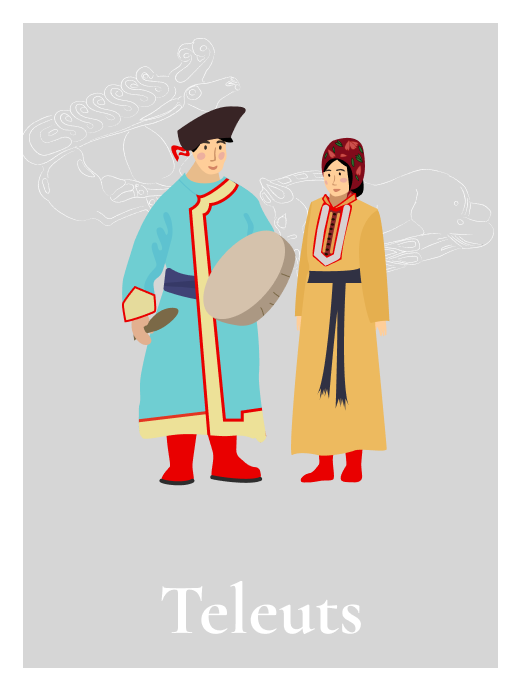


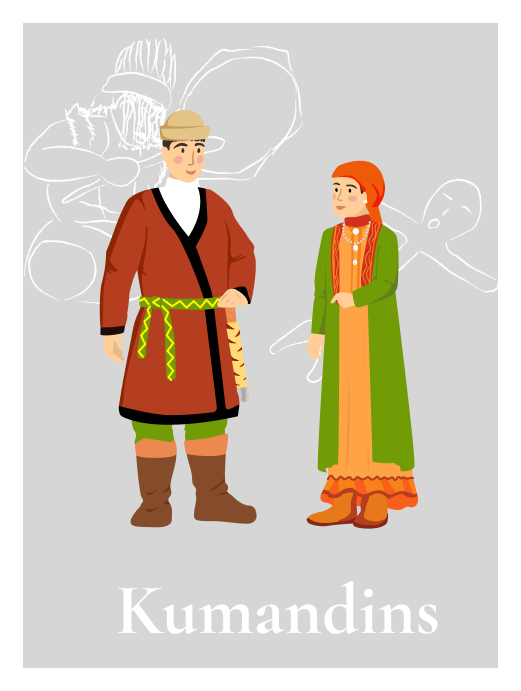
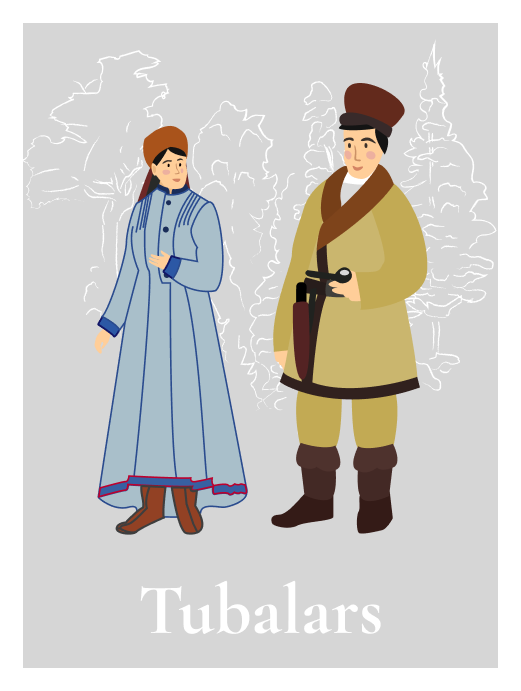
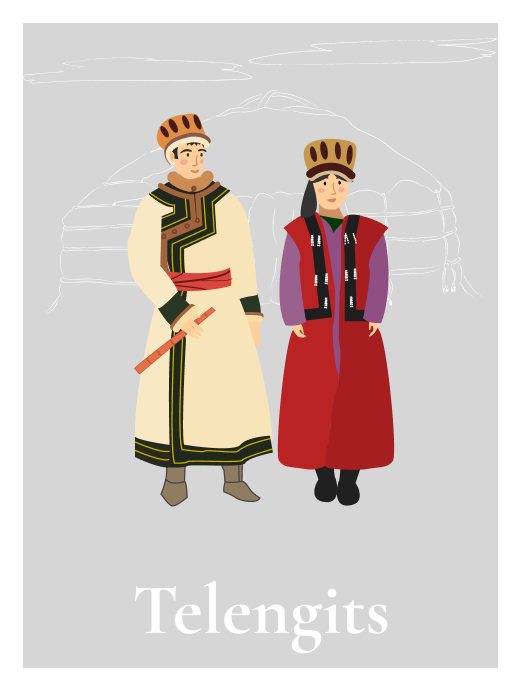


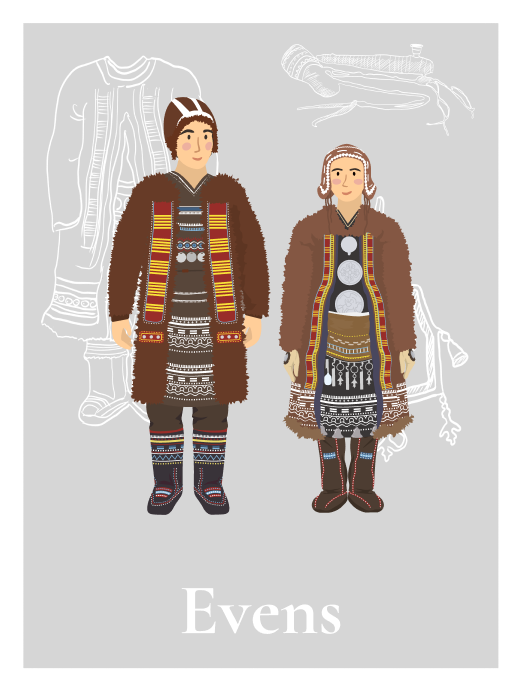
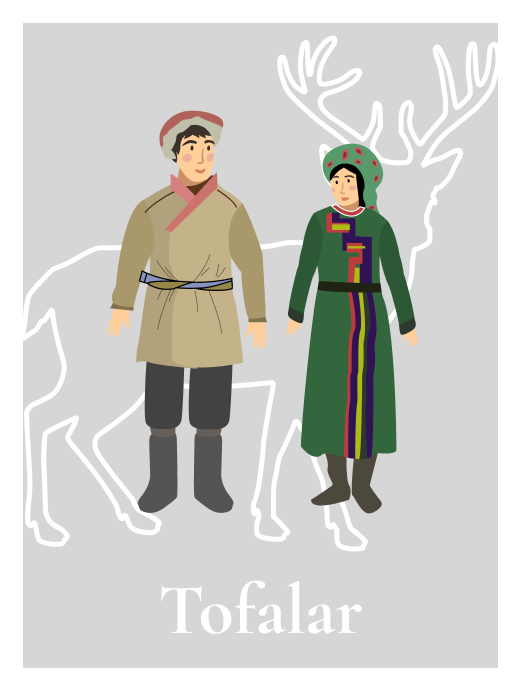
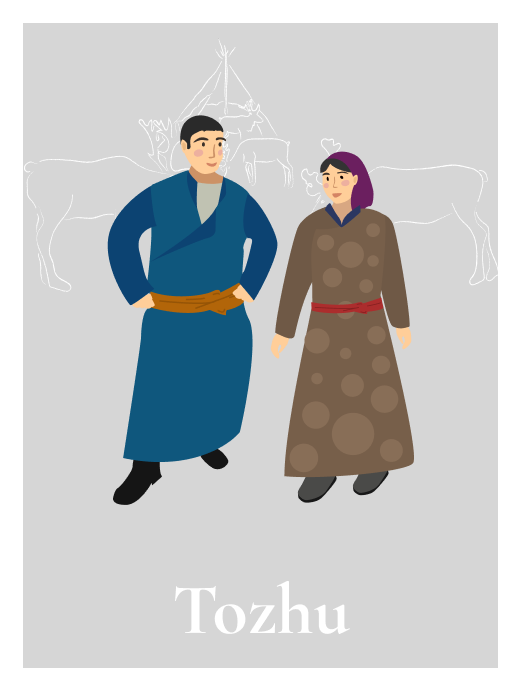
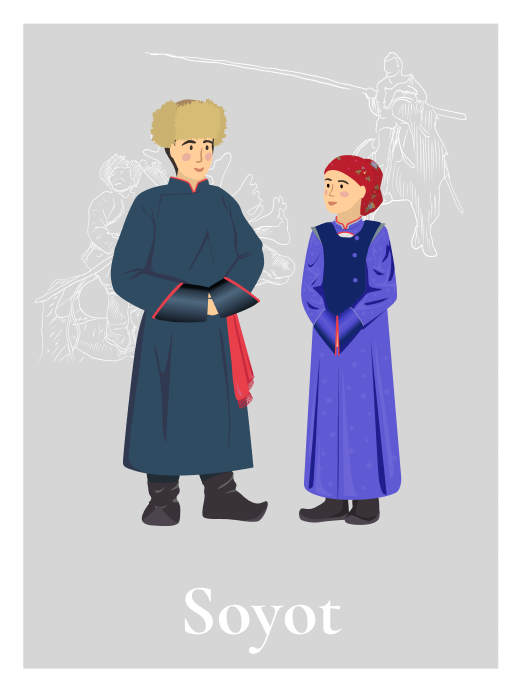
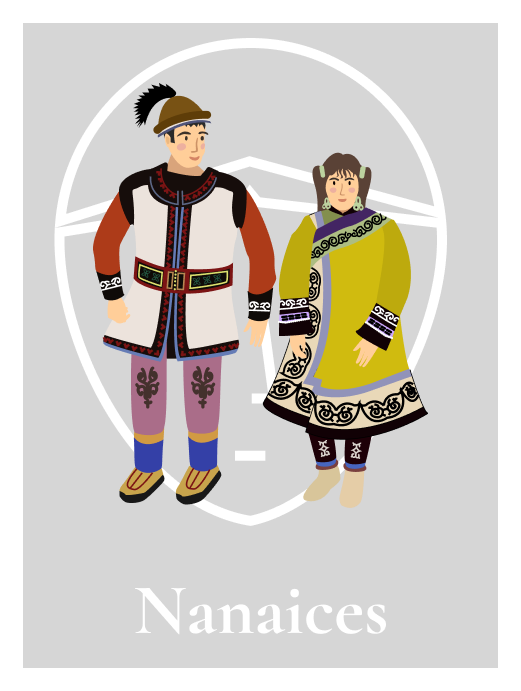
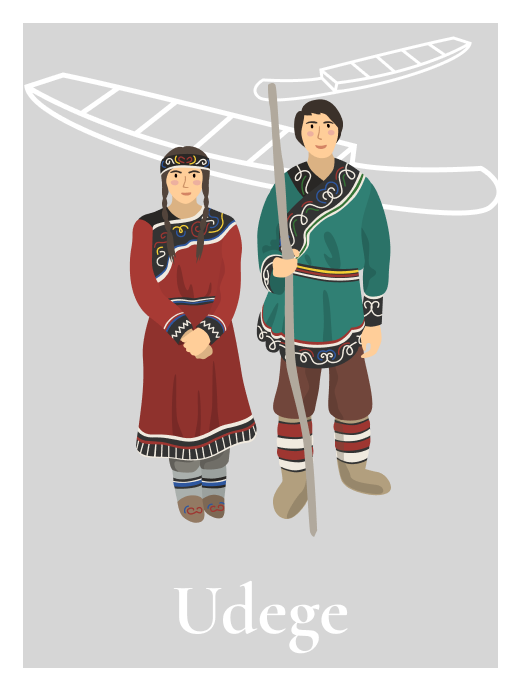

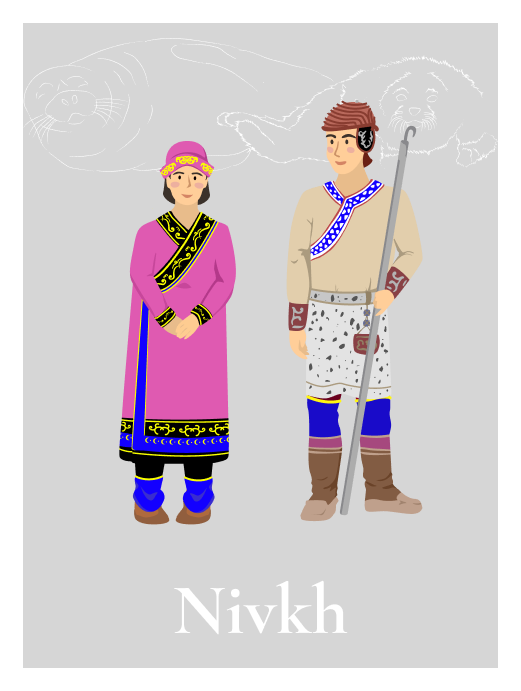




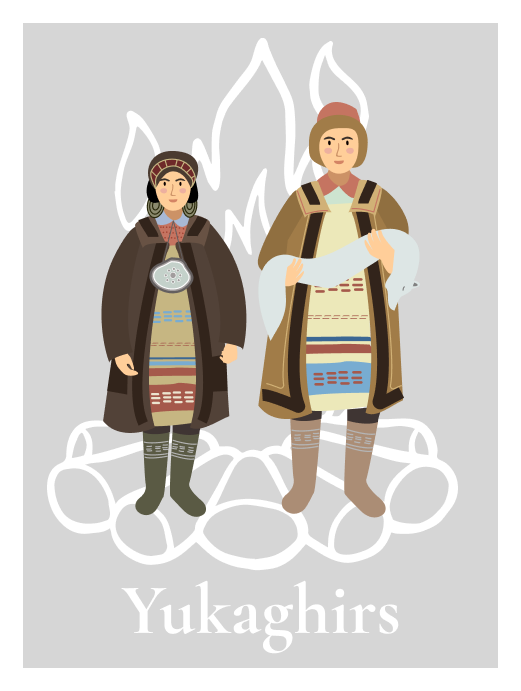

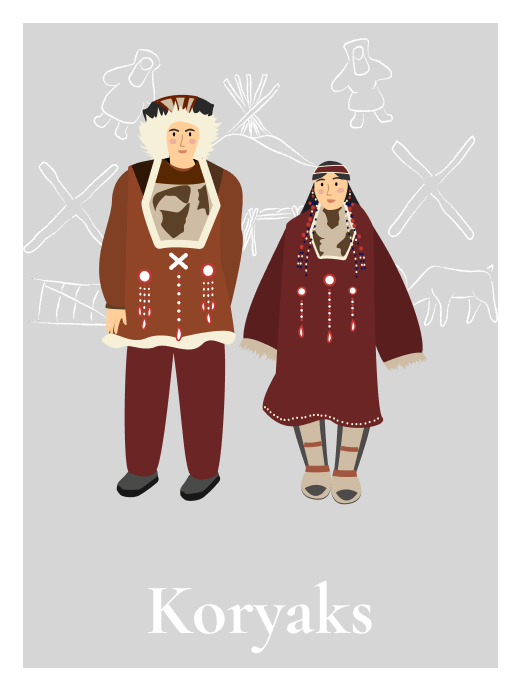

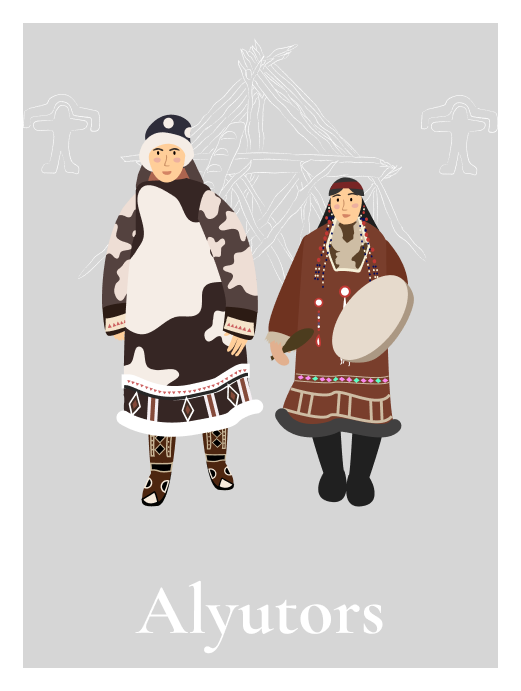

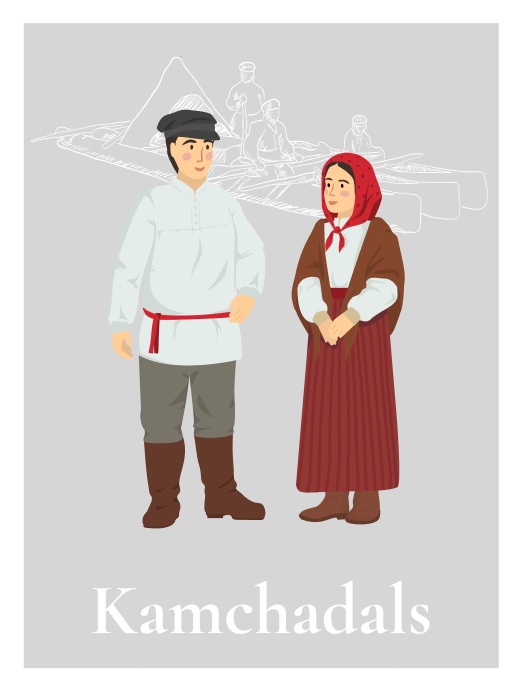
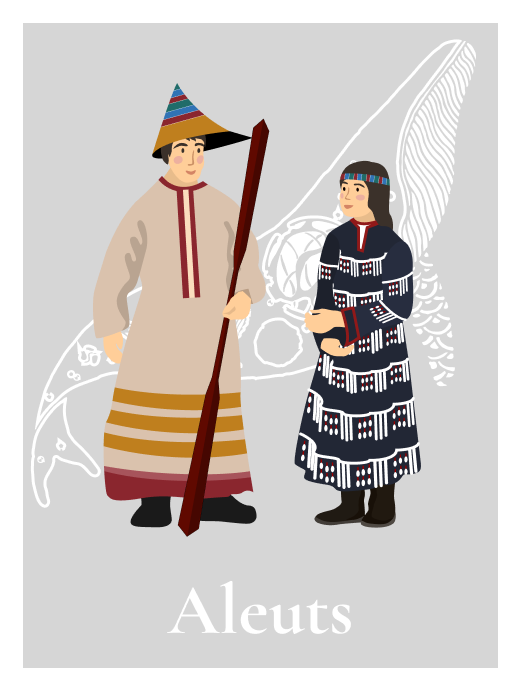

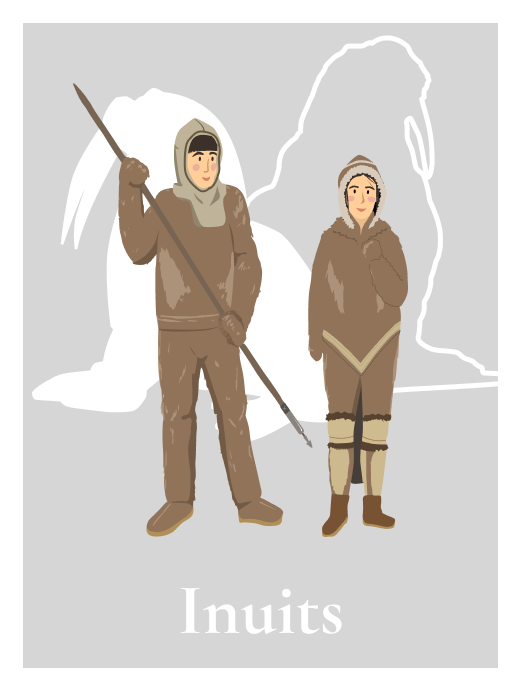
The self-designation of speakers of Neshan is ‘nesha’ ‘people. Earlier Forest Nenets were also known as Kunnaya Samoyad (16th-17thc.), Kondinski, Purovski, Lyaminski, Aganski, Kazymski Samoeyd, (mid 19th-early 20thc.), Forest Samoyed/Forest Yuraki (mid 19th c.-1920s), Pyan Khasava/ Pyan Khasavo/Pyan-Khazavo (Tundra Nenets ‘a forest person’- a name recorded in census records, georgraphical and ethnographical descriptions of Siberia from mid 16th c. to early 19th c.), Pyaki.
It is hard to give an estimate of the exact number of Forest Nenets, since in both federal and regional official statistics, apart from the 1926-1927 Soviet Polar Census Expidions, they are united with the Tundra Nenets and are recorded as one ethnic group. Besides, the members of one Forest Nenets family may live together in one nomad camp, but be registered as living in different settlements. In case of intermarriages of the Forest Nenets with other indigenous Arctic ethnic groups, the ethnicity of children is difined by the ethnicity of the father.
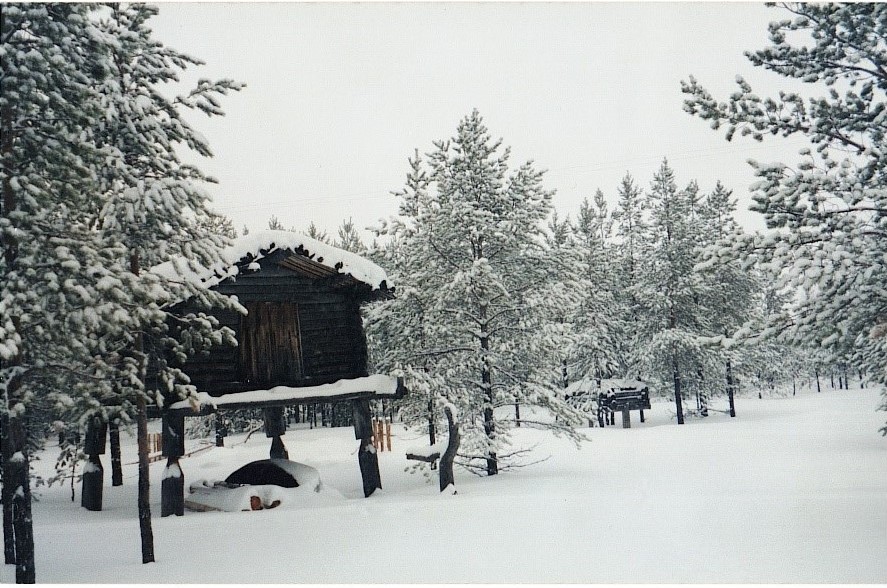

Notwithstanding the relatively small number of speakers, the Forest Nenets language is characterised by quite a good state of preservation in comparison to other indigenous minority languages of the North, but in different areas of Forest Nenets habitation the linguistic situation varies and has changed considerably within the last 100 years.